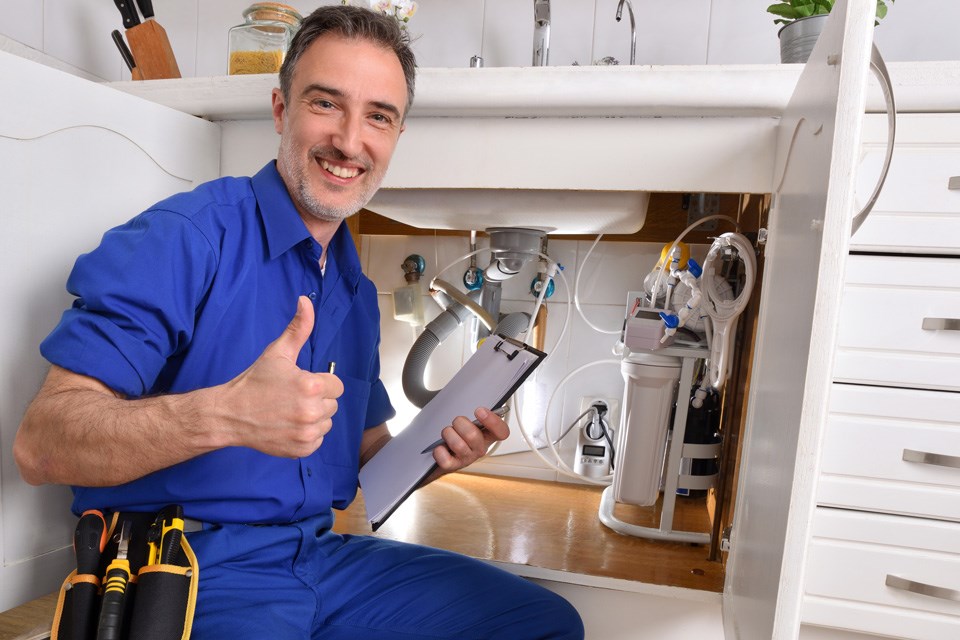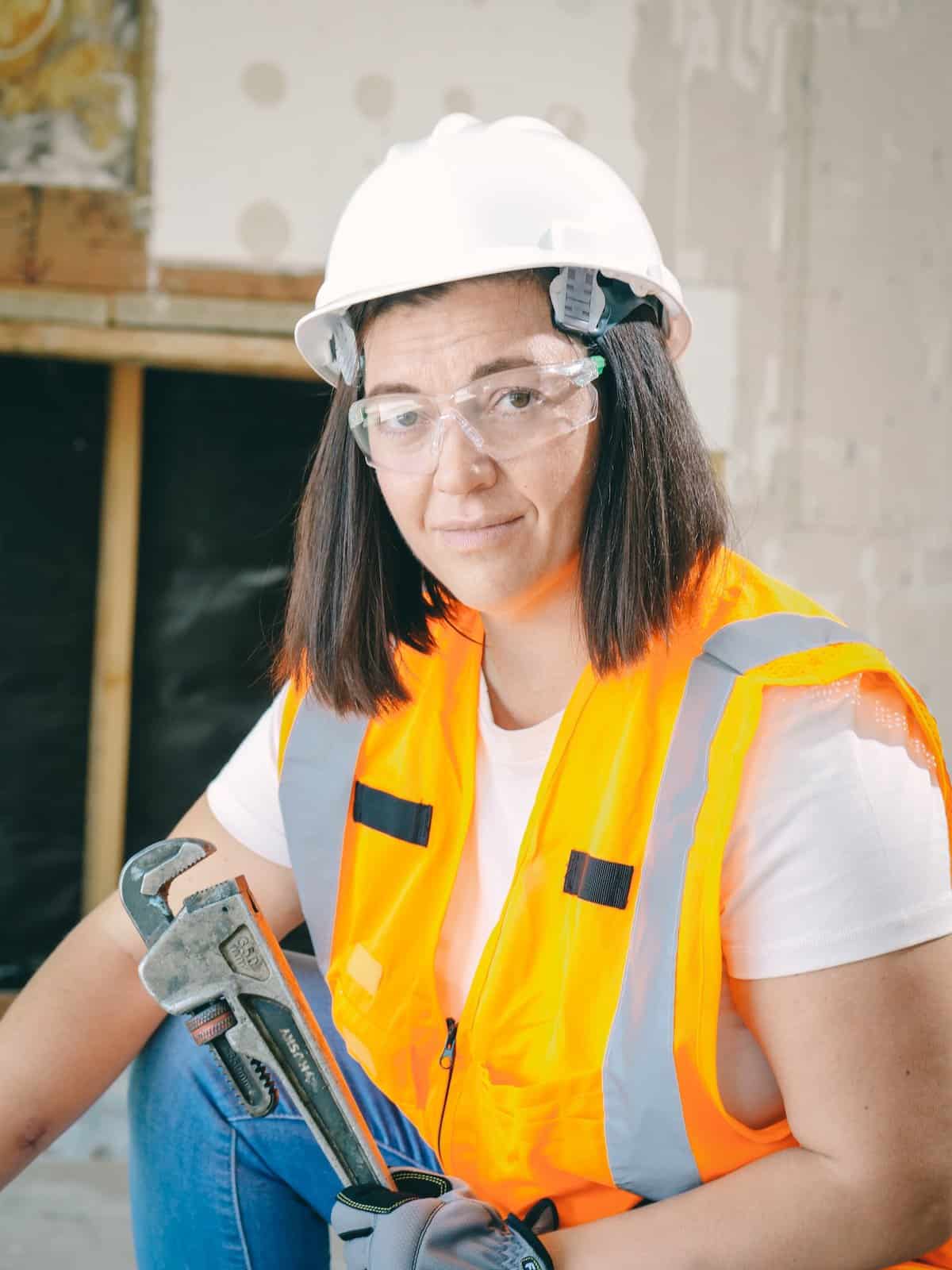A Step-by-Step Guide to Efficient Hot Water Heater Installment for Ideal Performance
Embarking on the job of setting up a hot water heater is a venture that requires accuracy and a systematic approach for attaining ideal performance. The procedure begins with the crucial choice of choosing the suitable heating system customized to the particular demands of your family, thinking about factors such as power, size, and kind source. As soon as selected, preparing the installation location to meet safety and security requirements is paramount. Nonetheless, the journey does not end here. As you proceed, the details of connecting water supply lines and establishing reliable electric or gas links await, encouraging insights right into ensuring effectiveness and reliability.
Selecting the Right Water Heating System

Next, think about the dimension and ability of the water heater. It's important to examine your house's hot water needs, which can vary based on the number of passengers and their use patterns. An unit that's too small may cause inadequate warm water, while an extra-large version could cause unneeded power consumption.
Efficiency scores likewise play a critical function in choice. Try to find hot water heater with high Power Aspect (EF) rankings, showing superior efficiency and lowered energy use. Tankless models, though generally much more expensive in advance, offer considerable power financial savings with time as a result of their on-demand home heating capacities.
Preparing the Installment Location
Before mounting a new water heating system, precise prep work of the setup location is vital. It's crucial to determine the space carefully to fit the water heater's measurements, guaranteeing ample clearance around the system for reliable operation and maintenance.
Following, eliminate any type of debris, dust, or obstructions from the website to develop a tidy environment. Inspect the floor for security, as the hot water heater will need a solid, level surface to operate successfully. If essential, mount a drip frying pan beneath the unit to catch prospective leaks or spills, stopping water damages to the surrounding location. In areas susceptible to seismic task, take into consideration mounting seismic bands to secure the heating system securely in position.
In addition, ensure that all necessary tools and products get on hand before beginning the installation. This includes things such as wrenches, screwdrivers, a degree, and any type of extra hardware needed for placing and safeguarding the heating unit. A well-prepared installment location sets the structure for an effective water heating unit setup, optimizing efficiency and security.
Connecting Supply Of Water Lines
When connecting water lines to your recently installed water heating system, it is critical to make certain that all connections are secure and leak-free to preserve efficient procedure and stop water damage. Begin by recognizing the cold and warm water supply lines. The cool water inlet is usually marked with a blue tag or a "C", while the hot water electrical outlet is noted with a red label or an "H".
Usage adaptable water heater ports to facilitate a simpler setup procedure. Prior to attaching the ports, put a plumbing professional's tape around the threaded ends of the water heater's inlet and outlet pipelines.
When links remain in area, gradually transform on the major supply of water valve. Examine each connection for leaks by aesthetically examining and really feeling for moisture. Tighten connections as needed, and make certain the pressure safety valve is appropriately installed, securing against extreme pressure accumulation.
Establishing Electric or Gas Connections
Correctly establishing the electric or gas links for your water heater is an essential step to guarantee risk-free and efficient procedure. For electrical water heating units, begin by verifying that the electrical circuit works with the heating unit's voltage and amperage demands. Make sure the power supply is switched off at the breaker to avoid mishaps. Link the electrical cords to the heating unit complying with the manufacturer's circuitry layout. Normally, this includes connecting the ground cord to the eco-friendly terminal, and the remaining cords to their matching terminals, securing each with cord nuts.
For gas water heaters, safety and security is site here paramount. Link the gas line to the water heater utilizing an adaptable gas connector, guaranteeing it is effectively pop over to this site threaded and sealed with pipeline joint substance or Teflon tape appropriate for gas links.
Once connections are made, check for any kind of potential leaks. For gas lines, use a soapy water solution to the joints; bubbles show a leak. For electric connections, ascertain that all electrical wiring is safe and effectively protected, preserving conformity with local electrical codes.
Adjusting and testing for Effectiveness
With the electric and gas links safely in place, the next action is reviewing the functional performance of your water heating unit. Begin by very carefully turning on the water supply and guaranteeing there are no leaks at any of the shutoffs or joints.
Next, perform an extensive evaluation to guarantee the heating elements or burner are working properly. For electric heating systems, use a multimeter to confirm if the elements are attracting the proper present. In gas models, observe the heater flame; it needs to be blue and constant, indicating reliable burning.
Readjust the settings as required to get rid of ineffectiveness. Think about applying insulation actions, such as including a water heater covering, to even more boost performance by decreasing heat loss. In addition, check the anode pole's condition, as a deteriorated rod can reduce effectiveness and bring about storage tank deterioration.
Conclusion
Efficient water heating unit setup is vital Your Domain Name for making certain optimal performance and energy savings. Securely connecting water supply lines and thoroughly setting up electrical or gas connections reduce prospective problems.

Properly setting up the electrical or gas connections for your water heater is a vital step to guarantee effective and risk-free procedure. For electrical water heating units, start by confirming that the electric circuit is suitable with the heating system's voltage and amperage needs. Attach the gas line to the water heating system making use of an adaptable gas port, guaranteeing it is appropriately threaded and secured with pipe joint compound or Teflon tape suitable for gas connections.
Comments on “Quick and Effective Drain Cleaning Alabaster AL Services Available”